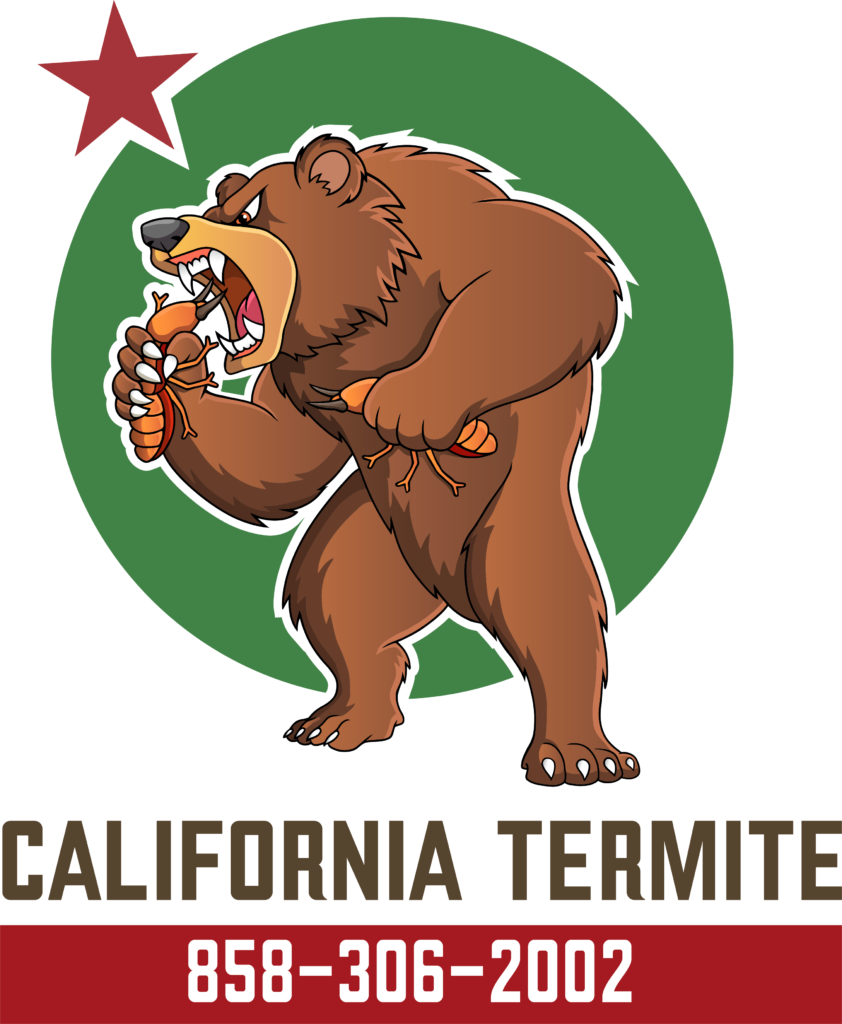Is Termite Fumigation Going Away in California?
 California leads the nation in environmental regulations, especially when it comes to air quality and global warming. When I replaced my water heater a few years ago, I had to purchase a low-emissions model. Until then, I never even considered that water heaters produced emissions—let alone enough to require regulation.
California leads the nation in environmental regulations, especially when it comes to air quality and global warming. When I replaced my water heater a few years ago, I had to purchase a low-emissions model. Until then, I never even considered that water heaters produced emissions—let alone enough to require regulation.
Given that level of oversight, it’s surprising that termite fumigation still operates as it does. Tenting a structure involves filling it with Sulfuryl Fluoride (Vikane Gas)—a deadly, odorless gas—and then releasing that gas into the atmosphere two days later.
A Johns Hopkins University article published on March 11, 2022, describes Vikane as:
“A biocide that will kill all living organisms that are exposed to it at sufficiently high concentrations for sufficiently long periods of time.”
It’s so lethal that a tear gas-like irritant, chloropicrin, is used alongside it as a warning agent to keep people and animals away.
Why Isn’t California Phasing It Out?
Given how heavily California regulates emissions, why would it allow pest control companies to release clouds of deadly gas into the atmosphere?
Not only is fumigation not being phased out, but California’s pest control regulatory agency considers all tent-free alternatives to be inferior treatments.
Since most of California has a climate that supports drywood termites, sulfuryl fluoride emissions spike over the state on emissions maps.
Should That Be a Concern?
Yes. Vikane gas is a potent greenhouse gas, meaning it traps heat in the atmosphere and contributes to global warming.
According to the Johns Hopkins article, one ton of sulfuryl fluoride traps as much heat as 7,510 tons of carbon dioxide (car exhaust)—and it can remain in the atmosphere for up to 36 years.
The Intergovernmental Panel on Climate Change (IPCC) added sulfuryl fluoride to its list of greenhouse gases in 2013, and the California Air Resources Board classified it as a short-lived climate pollutant.
Yet, despite its environmental impact, global emissions of the gas continue to rise, and it has been left out of most major greenhouse gas inventories and reduction targets.
The Future of Fumigation in California
While sulfuryl fluoride is a greenhouse gas, it doesn’t contribute to ozone depletion, is the only fumigant approved by the EPA, and remains the most effective method of termite eradication.
Because it isn’t being officially inventoried, there are no current plans to ban or even phase out Vikane gas in California.
That said, environmentally conscious Californians—those who drive electric cars, install solar panels, and recycle—may eventually shy away from fumigation, just as they’ve shifted away from other high-emission practices.
For now, tenting remains the gold standard for eliminating termites. But in a state that’s always at the forefront of environmental change, that could shift at any time.
